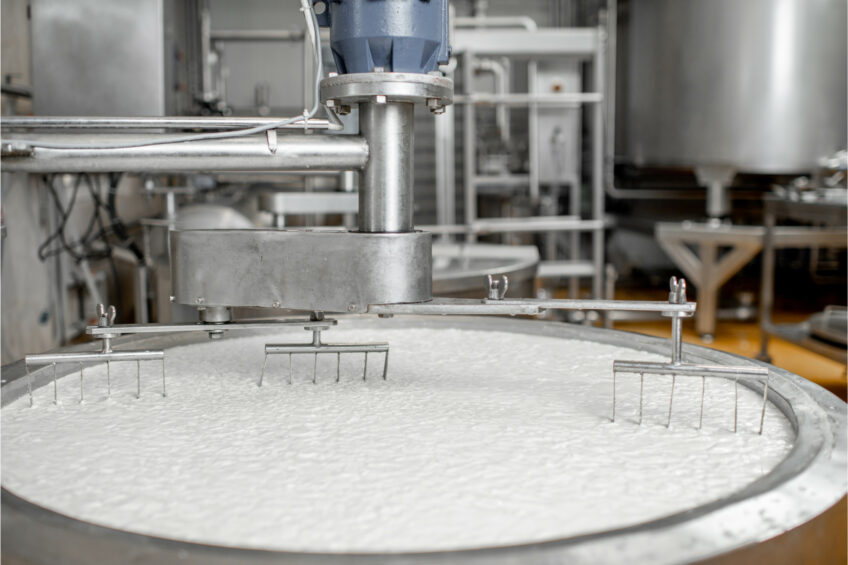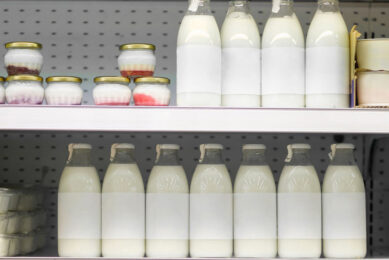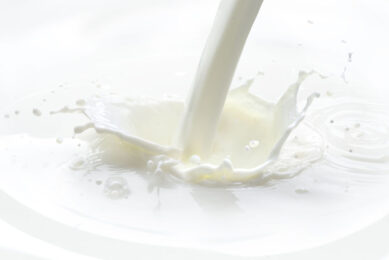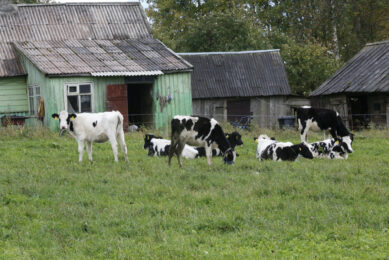A decade of growth projected for Lithuania’s dairy sector

Following years of turbulence, the Lithuanian dairy sector may finally see the light at the end of the tunnel, said Economic Consulting and Research, a Vilnius-based think tank. In the next 10 years, the country could significantly boost dairy production and export products with high added value, the analysts forecasted.
To make that happen, Lithuania needs ‘structural changes’ in its dairy industry, a process that was somewhat sluggish in the country in the previous years, the analysts claimed.
“Having studied the development results of the dairy industry, we see that structural changes in Lithuania are slower than the EU average,” Edmundas Pesarskas, a partner with Economic Consulting and Research, stated.
As an example, he indicates that the average dairy herd population is still much smaller in Lithuania. The latest available statistics showed that the number of dairy cows at an average farm in the Baltic country was as low as 12, against an average of 58 in the EU.
“The cow productivity index in our country remains one of the lowest in the EU,” Pesarskas admitted.
This difference translated into a negative production dynamic in the Lithuanian dairy industry. Over the past decade, dairy production in Lithuania has been on a steady downward trajectory, he noted.
A new beginning
The analyst expressed hopes that dairy production in the country has already hit rock bottom. Over the next 10 years, Lithuanian dairy farms are projected to boost milk production by 58% or 800,000 tonnes. With the 2024 prices, this should generate additional value for dairy producers of around €352 million, the analysts forecast.
To a large extent, the production growth should be fueled by rising exports. Pesarskas said that Lithuanian dairy companies could take advantage of switching to the production of functional and next-gen innovative dairy products with higher added value.
‘Milk belt’
Despite the headwinds, the country boasts some of the best climate conditions for milk production. “Lithuania is located within the so-called ‘milk belt’, a geographical zone where natural conditions for milk production are most favourable,” Pesarskas said.
Thanks to this, the country is expected to perform better than the EU on average in terms of dairy industry development in the coming 10 years.
“The output in Poland, the Baltic States, Hungary, the Czech Republic, Romania and several other countries where the productivity potential of cows has not yet been exhausted should grow,” Pesarskas claimed.









